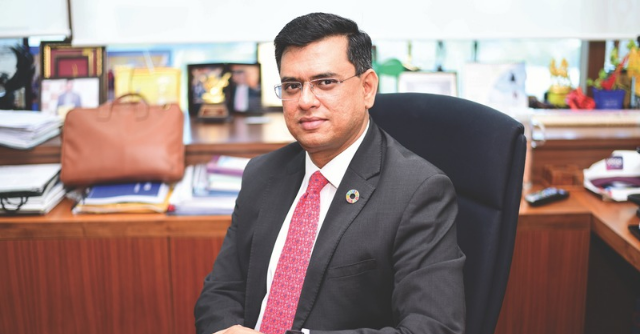
From distribution to data: SBI Mutual Fund’s ongoing digital transformation


SBI Mutual Fund, one of India’s largest asset management companies, has been steadily working on digital transformation for nearly a decade. With over 16 million investors and more than a crore SIPs processed each month, the company’s scale has required a long-term approach to updating how it uses technology across its operations.
According to RS Srinivas Jain, Chief of Strategy, Digital & Technology, SBI Mutual Fund, the push toward digital didn’t come from industry pressure. Instead, it emerged internally around 2015, when online banking and mobile usage started to grow. Until then, most customer engagement was through distribution partners. Recognising the need for direct digital channels, SBI Mutual Fund began with a transactional website and later added app-based platforms. These front-end improvements were followed by backend upgrades to support increased traffic and operational complexity.
The company’s integration with public digital infrastructure, such as net banking, was a turning point. This shift reduced costs and manual work, while also making onboarding and servicing more efficient. Jain noted that at the time, many asset managers lacked even basic online platforms, relying almost entirely on B2B distribution.

Internally, the company set up a digital division, which started as a small initiative but now cuts across the organisation. Early challenges included integrating with State Bank of India’s core banking platform, a closed system at the time, before API-based architectures became common. These early efforts laid the groundwork for broader cloud and platform upgrades. Today, most of SBI Mutual Fund’s systems are built on Azure and support multi-tenant models, with over 80 fintech partners using the company’s APIs.
The company has taken a hybrid approach to building its digital infrastructure. Core systems that are closely tied to business logic or compliance are developed in-house or through joint ventures. Other functions, such as customer-facing tools or analytics layers, are often built with external partners. Jain said that many of these collaborations range from large service providers like TCS and Tech Mahindra to early-stage startups, including some recruited through internal hackathons.
On the Artificial Intelligence (AI) front, the company is taking a cautious, use-case-driven approach. A WhatsApp-based chatbot, trained on internal data and launched in July 2024, handles basic investor queries while avoiding overreach, it’s programmed to acknowledge when it can’t answer a question. Other AI projects in development include tools to support investment research and systems that flag potential compliance risks in internal communications. All of these remain in test phases and require human review before any decision-making.

SBI Mutual Fund has also made cybersecurity and operational resilience part of its core planning. A dedicated security team, working with an international partner, oversees a security operations center. Jain emphasised that while no system can be entirely secure, the focus is on recovery and continuity, supported by regular audits and testing.
Customer expectations have changed significantly. Real-time updates, simplified interfaces, and cross-platform consistency are now expected as standard. Jain said that user feedback and behavioural data increasingly inform product development. The company has also invested in building SDKs and APIs that allow external platforms to integrate with its services, an effort to make its infrastructure reusable and interoperable across the ecosystem.
Jain described the current stage of transformation as ongoing, with AI tools and automation being tested more widely. But rather than focus on technology for its own sake, the company remains grounded in operational needs and user experience. The broader goal is to continue simplifying access and scaling systems in a way that remains manageable and secure.

